Mention Klang, and the first thing that comes to mind is probably bak kut teh – the town’s most famous dish comprising pork ribs, mushrooms and beancurd cooked in a complex broth of herbs and spices.
But dive deeper and you’ll find that the royal town of Selangor has plenty to offer, from vibrant cultural hubs – such as the Little India district, where one can shop for spices and sarees, or tuck into authentic Indian cuisine – to beautiful heritage sites like Kwan Imm Teng, a historic 130-year old Chinese temple dedicated to Guan Yin, the Buddhist/Taoist goddess of mercy.
Founded in 1892, the original temple consisted of a simple wooden pavilion, built by Hokkien immigrants from China who settled in Klang during the tin mining boom. Since then, the temple has been relocated three times, to its current location along Jalan Raya Barat. Today, visitors are welcomed by an impressive outer pavilion, complete with studded wooden doors, lionhead-shaped door knockers, and lanterns.
Video below. Subscribe to my Youtube channel if you haven’t already!
Entering the temple grounds, you will come to the grand-looking central pavilion. On both sides of the archways are granite stone carvings depicting figures of deities and dragons. Meanwhile, the building’s eaves are tiered and resemble clouds, while the roof boasts the signature Chinese temple look, with curved edges. Offerings of joss sticks may be made and placed into the large urn facing the structure. In the middle of the pavilion sits an intricately carved wooden shrine housing Budai, or the Laughing Buddha.
Look up and marvel at the richly carved and gilded ceiling, which form a mesmerizing spiral pattern around several sacred symbols made to look like a flower. Coincidentally, you’ll see the colours of Buddhism (white, yellow, red, blue, and green) widely represented here. These colours are also common in Chinese culture and architecture, as they represent the five elements, namely wood, fire, earth, metal, and water.
The temple’s spacious courtyard comes in handy during religious festivals or ceremonies.
Moving on to the innermost pavilion, the structure features a more enclosed design, its facade mostly covered in intricate stone reliefs and carvings. Once again, dragons, deities, clouds, and flowers are common motifs — but instead of a curved roof, the inner pavilion’s design is features more tiers, and appears more angular.
Our timing was unfortunate as the hall was closed for prayers. I caught a glimpse of the interior, though, which has an even grander ceiling, as well as a large statue of Guan Yin.
Fun fact for my non-Chinese friends who are wondering why dragons are so common in Chinese culture. In Chinese mythology and folklore, dragons are considered benevolent creatures, with magical powers that allow them to control wind, rain, and water. As such, they are meant to symbolize strength, power, and good luck. Some Chinese families still consider it auspicious to have babies born in the Dragon Year of the Chinese zodiac (the next cycle is in 2024, so if you want a Dragon baby, plan accordingly :P).
Just outside the prayer hall you can perform kau chim, an ancient Chinese fortune telling practice which involves asking the divine for answers to any questions that a devotee has. The practice is said to have originated in the Jin dynasty around 3AD. And because Chinese culture has strong Buddhist roots, a lot of these folk practices assimilated into religion — which is why you’ll often be able to kau chim at Chinese Buddhist/Taoist temples.
Each cylinder contains a bundle of sticks, each with a number. Devotees shake the container until one falls out — then match it to the corresponding fortune. Back in the day, it was more common to find a fortune teller on site, who would interpret the fortune written on the paper in context to your question. These days, like everything else, it’s self-service. lol
Just next to the inner pavilion is a smaller, simpler structure housing two Buddhas. This is actually the ‘original’ building before the temple was expanded, and you can see the foundation stone on one side of the wall.
We’re not done exploring! Don’t forget to stop by the adjacent Chinese-style garden for some rest and respite from the hustle and bustle of Klang. It comes complete with pond stocked with koi fish, a small bridge, a gazebo, and plenty of greenery.
A tranquil oasis in the heart of the city.
To be honest, I’m surprised there isn’t more publicity for Kwan Imm Temple as a tourist attraction, given it’s rich history and beautiful architecture. While locals seem to know about it, I wouldn’t have found out about the place if I hadn’t specifically been googling “places to visit in Klang”.
So the next time you’re in town for a bak kut teh fix, allocate some time to stop by Kwan Imm Temple. Entrance is free. They’re okay with photos, but as with any place of worship, be respectful during your visit. 🙂
KWAN IMM TENG (KWAN IMM TEMPLE) KLANG
30, Jalan Raya Barat, Selangor Darul Ehsan, 41000 Klang, Selangor
PS: I hope you liked this post! Please consider supporting my blog via my Patreon, so I can make more. Or buy me a cup of coffee on Paypal @erisgoesto.


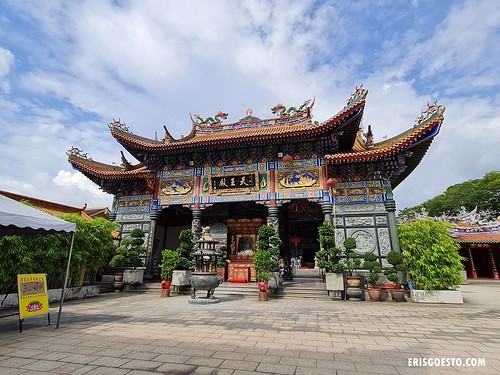

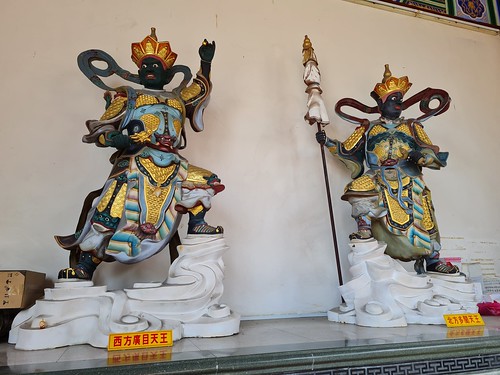
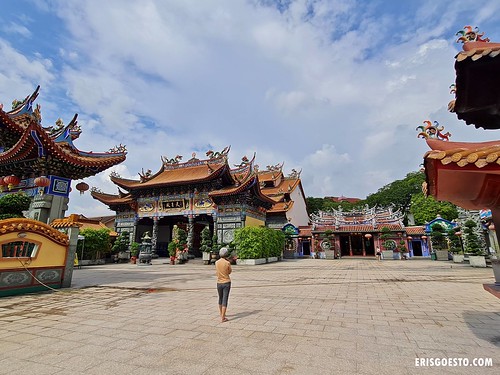



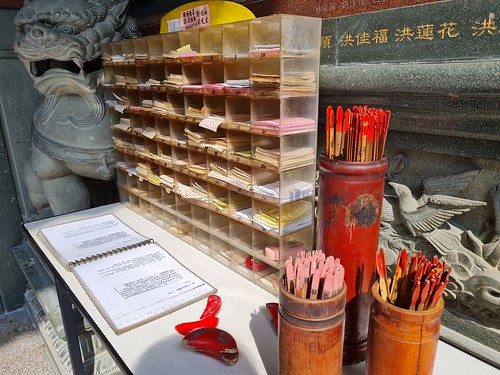
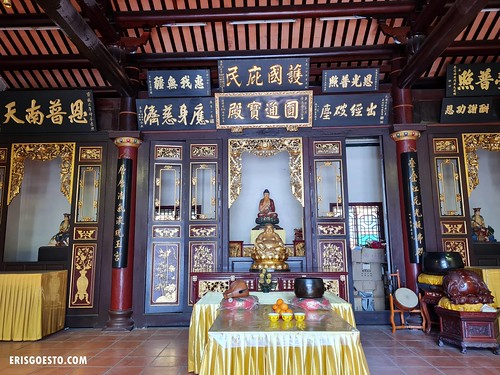



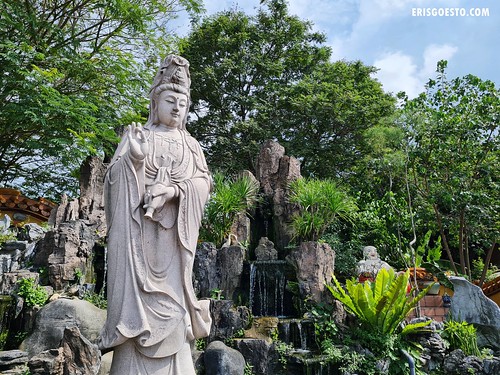



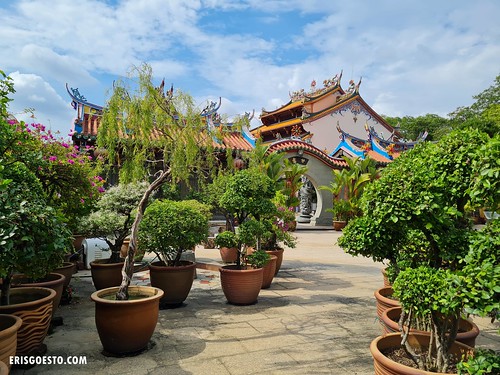
Wahseh, that’s some lovely pics there. Great posts you’ve been putting out lately. Go Eris!
LikeLiked by 1 person
Thanks for stopping by! Got a new phone and the camera quality is excellent. 🙂
LikeLike